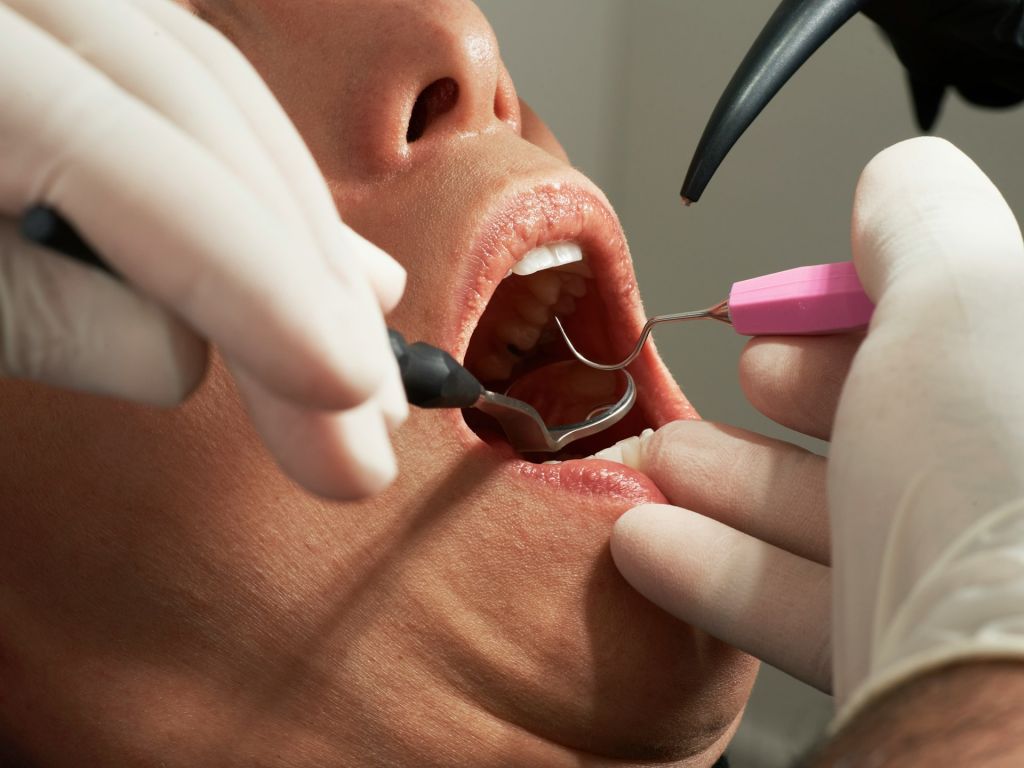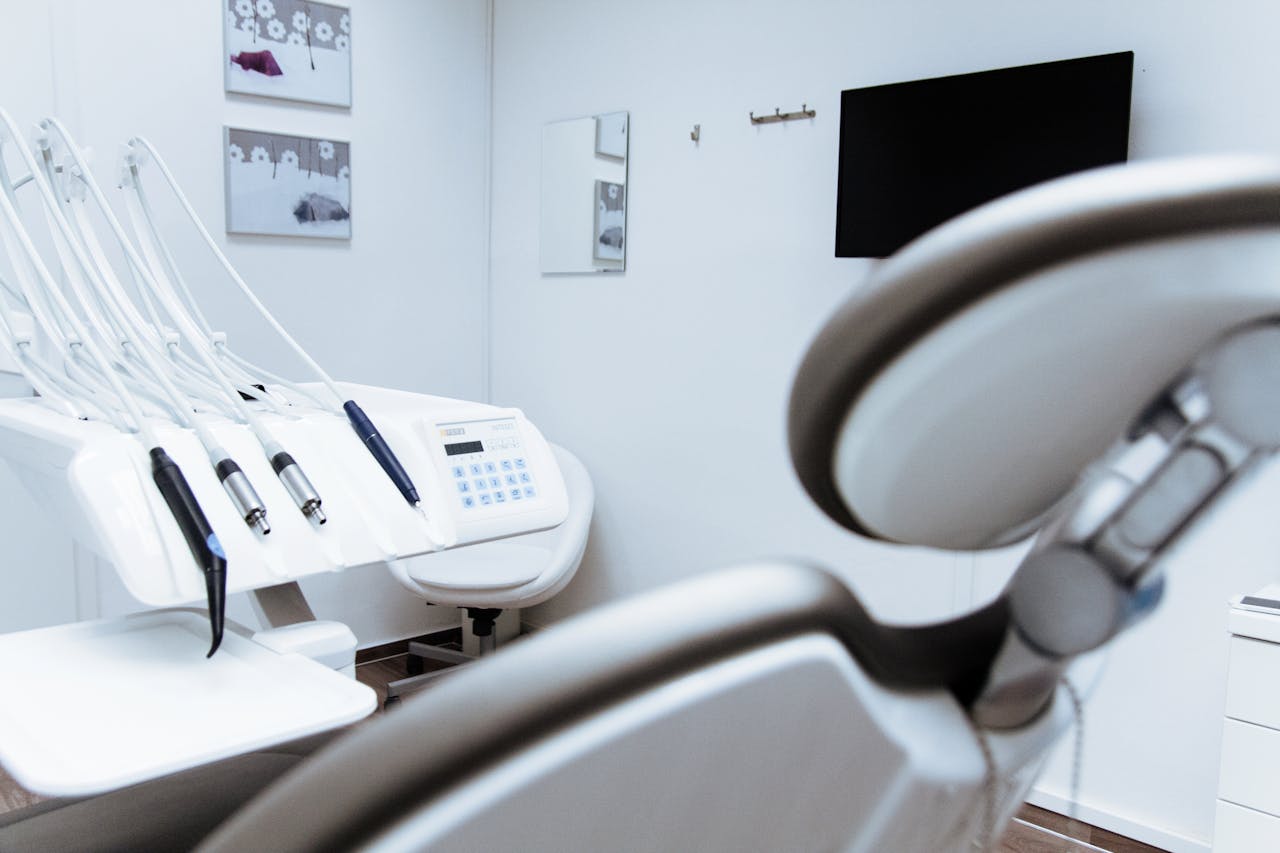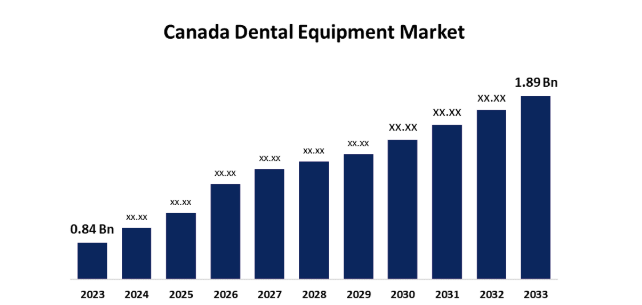Dental Industry Overview: Trends and Insights
Did you know that 3 in 4 Canadians visit dentists each year? These numbers will rise now that folks have access to advanced medical services here with the Canada Dental Care Plan (CDCP). What you need is a dental industry overview so you can better understand where the oral health sector is headed. After all, statistics show that more people are coming back to see dentists. The number of dental health patients is about to reach its pre-pandemic levels as the dental care market keeps expanding.
This blog will cover the details of the sudden growth in the country’s dental industry. Given that 25% of young Canadians don’t see dentists due to a lack of insurance, the CDCP is causing a boost in access to quality oral care. We’ll discuss it all in detail in the following few sections.

Current State of the Canadian Dental Industry
Let’s do a brief dental industry overview before exploring the depths of this health sector. With dental technology advancements, more Canadians have access to quality oral care. So, here’s what we know about the current state of the country’s dental industry.
Market Size and Growth
The market value of Canada’s oral care industry is $19 billion. Canadians have access to 15,000 practices scattered throughout the country. This industry will generate over $23 billion in revenue by the end of this year. That’s because many Canadians are aging. Experts believe that the country will have over 10.4 million senior citizens by 2036.
Key Players and Market Share
Some major players in the dental industry include the following:
- Dentalcorp Holdings Ltd.
- Altima Dental Canada Holdings Inc.
- Canadian Orthodontics Partners (COP)
The dental market landscape happens to be highly fragmented. Independent practices seem to be dominating the industry. Also, dental service organizations (DSOs) make up not even 9% of the total market share. Keep in mind restorative dentistry holds the largest share.
Given the latest oral health trends, the prevalence of dental conditions among young people is another reason why the Canadian dental industry is thriving.
Employment and Workforce Statistics
Data from last year shows that 25,000 dentists operate in Canada. Also, 16,000 dental offices exist in the country. These practices range from independent clinics to larger corporate entities. In 2021, dental office jobs increased by 24%, while we also saw cosmetic dentistry growth. This growth has to do with increased public awareness about oral health & the need for preventive care.
Dental Technology Advancements in 2025
However, a major reason why the dental industry overview reveals so much growth potential is the steady stream of tech advancements in this field. If you conduct a global dental industry analysis, you’ll see the following tech systems taking the lead:
Digital Dentistry and CAD/CAM Systems
Many dental practices in Canada are using these two technologies:
- CAD: Computer-Aided Designing
- CAM: Computer-Aided Manufacturing
These technologies create precise dental restorations like crowns and veneers. You can easily design 3D models based on a patient’s teeth’s digital scans. Milling machines will fabricate the right braces and bridges a patient needs to wear.
While getting a crown used to take several weeks and multiple appointments, patients can now get a CAD/CAM-assisted crown in a single visit. Also, digital scans have made restorations much more accurate. Looking at the latest orthodontics trends, we can see dental cosmetics devices used today leading to better fitting and aesthetically pleasing results.
Teledentistry and Remote Consultations
The latest dental equipment innovations have also made it easier for patients to meet dentists. They can make video calls to get diagnosed easily. In rural Canada, telehealth & teledentistry have changed people’s lives. Patients living in remote areas don’t have to travel extensively without the need to travel extensively. This is a teledentistry evolution unfolding before our eyes!
We can expect the dental equipment industry in Canada to be worth $1.89 billion by 2033.
LASER Dentistry and Minimally Invasive Procedures
The LASER technology is changing the way dental treatments happen. Dentists have access to precise and less invasive procedures. So, patients will get cavity detection, gum reshaping, and teeth whitening done less painfully. They will also recover sooner than before without excessive swelling/bleeding causing them discomfort.
Regulatory and Policy Developments
As per CDCP, Canadians who don’t have private insurance and make less than $90k a year can access quality dental care now. This program has paid $732 million in dental expenses as of this October. We can see that the expansion of Canada’s dental care market is also leading to huge regulatory and policy changes.
Impact of Healthcare Policies on Dental Practices
Providing healthcare to a million Canadians, the federal government plans to expand this plan even further; the CDCP will go a notch beyond and provide oral health to 9 million residents. So, the impact of healthcare policies on dental practices will be:
- Canadians are saving more than $730 through the CDCP through this plan.
- This plan covers many services like routine cleanings (routine tasks) and even complex treatments like crowns/dentures.
- This program’s initial rollout will include senior citizens, disabled individuals, and others; broader access is planned for 2025.
Dental practices need to alter their operations in light of these policies. Dentists will submit all claims directly to the insurer providers backing the CDCP.
Licensing and Accreditation Updates
Also, CDCP allows only licensed dentists to participate in this program. They also need to be in good standing with their provincial regulatory bodies. So, dentists started to enroll in the CDCP in the early days of 2024. As part of these developments, there may be ongoing discussions to enhance accreditation standards for dental practices to ensure quality care delivery under the CDCP.

Consumer Behavior and Patient Trends
Let’s discuss how consumer behavior, dental education trends, and other factors contribute to the current positioning of Canada’s dental care market.
Public vs. Private Dental Insurance Coverage
Did you know that almost one-third of Canadians don’t have dental insurance? So, they pay for dental care out of their pockets. Dental care in Canada is privately funded most of the time. A lot of Canadians rely on dental insurance plans sponsored by their employers.
However, the shift toward CDCP can lead to a greater reliance on public funding for dental care, especially among lower-income groups who previously faced financial barriers.
Awareness and Demand for Cosmetic Dentistry
We are also seeing cosmetic dentistry growth all over the country. That’s because people are taking inspiration from social trends emphasizing aesthetics and personal appearance. So, one can notice orthodontics trends like veneers & teeth whitening gaining widespread recognition.
A high dental IQ among consumers will cause cosmetic dentistry to grow beyond measures. So, this trend reflects a cultural shift where individuals prioritize not only oral wellness but also the aesthetic aspects of their smiles.
Challenges Facing the Dental Industry
As preventive dentistry and dental materials innovation is causing the dental market to grow steadily, it also faces multiple challenges. Some challenges facing the industry include:
Access to Care in Rural and Underserved Areas
Rural Canadians have poor access to quality health services in many regions. That’s because lots of rural areas lack dental professionals. Economic factors like lower income levels and lack of access to insurance are also some reasons why rural Canadians delay/forgo necessary treatment.
Economic Factors Affecting Patient Spending
We’ve established that dental caregiving in Canada is mostly privately funded. Many people do not have dental insurance at all. So, these people have to pay out of their pockets when they need to get advanced dental work done. This financial burden can lead patients to prioritize essential care over preventive or elective procedures.
Workforce Shortages and Training Needs
Canadians have a dental workforce shortage crisis right now. The country has very few trained & qualified professionals. A possible solution to this problem lies in temporary dental staffing, in which dental practices hire temps to fill the gaps caused by a lack of dental assistants.
Addressing these gaps through enhanced training & support initiatives can also help make sure that everyone is accessing adequate dental care access across Canada.

Future Outlook and Emerging Trends
Finally, let’s look into some of the most important emerging trends in dentistry. It’ll help up see the dental industry overview carefully and also check the future outlook of this niche.
Integration of Artificial Intelligence in Diagnostics
We’re seeing a teledentistry evolution happening around the world. Due to dental technology advancements, dentists can use AI to diagnose complex & hidden oral health issues. Diagnostic methods powered by AI are much more powerful than traditional ones. They efficiently detect issues like periodontal diseases and cavities.
Growth of Group Practices and Dental Service Organizations
The dentistry industry is favoring consolidation by joining group practices with dental services organizations (DSOs). This model lets them make use of shared resources while reducing their overhead costs. As DSOs expand their presence, they are likely to dominate a larger market share, providing comprehensive services that cater to diverse patient needs while maintaining high standards of care.
Emphasis on Preventive Care and Patient Education
Also, preventive dentistryis making a pseudo-comeback since people have realized that it can keep the hefty costs of long-term healthcare at bay. Regular check-ups, cleanings, and educational initiatives are back in fashion to prevent oral health issues before they require more extensive treatment.
Conclusion
In short, the dental care market is on the rise, considering the shortage of qualified dentists in this industry. That’s why we can see more government on this essential service. As time passes, the dental care industry will keep expanding. If you’re looking to enter into the country’s oral healthcare workforce, today’s the perfect time. More job openings are expected in this industry, so you shouldn’t waste a moment and start either hiring or looking for work.





